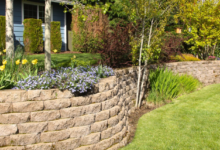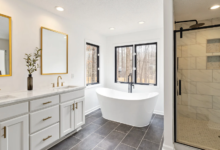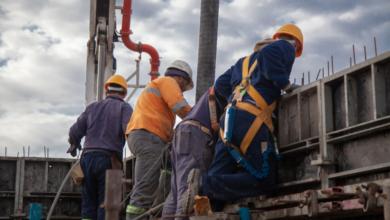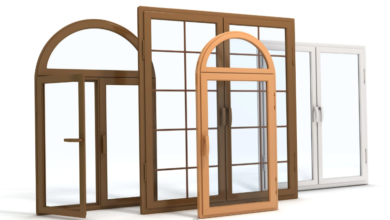The Long-Term Benefits of Erosion Control for Your Landscape
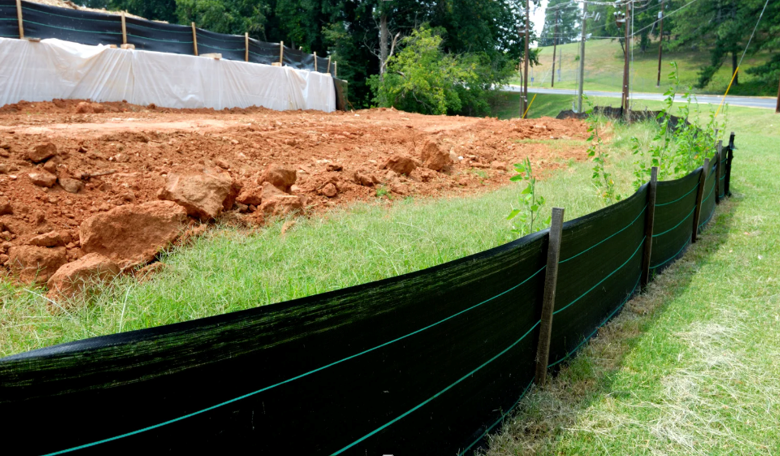
Maintaining a healthy and resilient landscape requires more than just planting and watering; it also means protecting your yard from erosion. Over time, rain, wind, and runoff can strip away nutrient-rich topsoil, damage plant roots, and lead to unstable ground surfaces. Erosion not only affects aesthetics but can also compromise the structural integrity of outdoor features and nearby foundations. That’s why long-term solutions for erosion control in Sandy Springs are essential for properties that want lasting landscape health.
By controlling erosion proactively, homeowners can enjoy increased soil stability, healthier plant growth, and better water management without constantly repairing damage after every storm.
Understanding the Risks of Erosion
Erosion typically occurs when water flow, either from rainfall or irrigation, displaces loose soil. Sloped areas, bare patches, and poorly drained zones are most vulnerable. As soil is carried away, it can expose roots, suffocate plants under sediment, and clog drainage systems. Over time, this process leads to uneven terrain, foundation settling, and increased maintenance costs.
While erosion may start subtly, its impact grows more destructive without intervention. That’s why it’s critical to understand how different strategies work and to implement them before visual signs of degradation appear.
Erosion Control vs. Sediment Control
To manage these concerns effectively, it’s important to know the differences between sediment control and erosion control. Erosion control focuses on preventing soil displacement at the source, such as stabilizing slopes with vegetation or using geotextile fabric. On the other hand, sediment control methods like silt fences and sediment traps deal with displaced soil after it has already moved.
By focusing on prevention rather than reaction, erosion control helps maintain soil quality and reduces the risk of long-term damage to your property. Professionals evaluate the landscape and implement customized solutions that address both surface water and subsurface flow.
See also: What You Need to Know About Mold Remediation in Older Homes
The Role of Drainage in Erosion Prevention
An often-overlooked factor in erosion control is proper yard drainage. Without effective drainage systems, water tends to pool or flow uncontrollably, contributing to soil displacement. Understanding the connection between yard drainage and erosion prevention is key to developing a comprehensive strategy that works year-round.
Solutions may include grading adjustments, French drains, swales, or even retaining walls, all strategically installed to direct water flow away from erosion-prone zones. These techniques not only prevent soil loss but also improve overall water efficiency and reduce the risk of flooding.
When combined with erosion control methods like ground cover planting, mulching, and hardscaping, these drainage solutions form a robust line of defense against both immediate and gradual soil degradation.
Conclusion
Erosion control is more than a one-time fix, it’s a long-term investment in your landscape’s health and sustainability. By incorporating preventive strategies, such as slope stabilization, ground cover, and improved drainage, homeowners can significantly reduce maintenance costs and protect the structural integrity of their outdoor spaces.
Working with professionals who understand the unique challenges of erosion in different environments ensures a tailored plan that addresses both visible and hidden vulnerabilities. With smart design and regular maintenance, your yard can remain vibrant, secure, and environmentally responsible for years to come.
Choosing erosion control today helps protect not only your landscape but also your property value and peace of mind in the seasons ahead.

